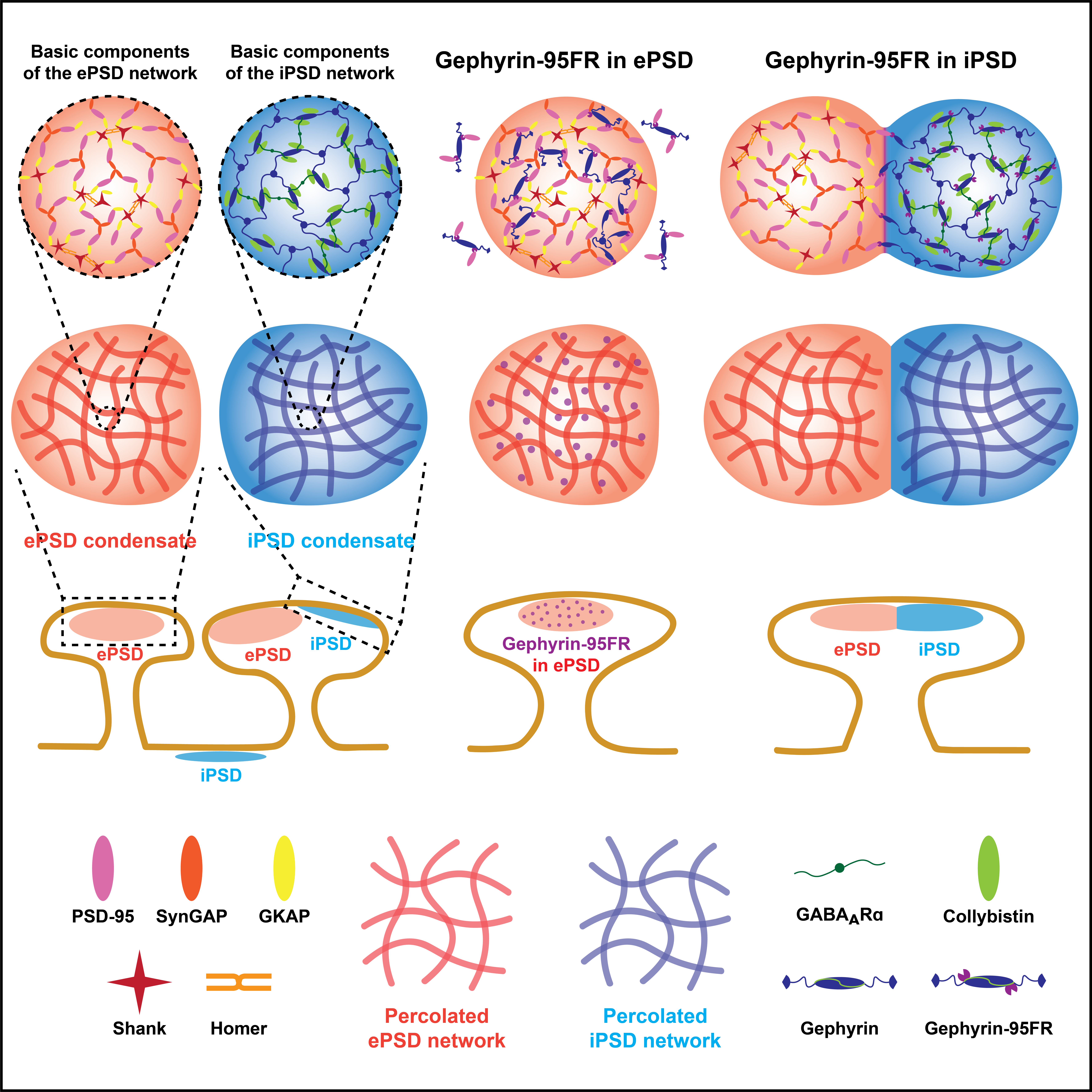CaMKII autophosphorylation is the only enzymatic event required for synaptic memory.
2024.06.18Chen, X., Cai, Q., Zhou, J., Pleasure, S. J., Schulman, H., Zhang, M., & Nicoll, R. A. (2024). Proceedings of the National Academy of Sciences, 121(26), e2402783121.
Ca2+/calmodulin (CaM)-dependent kinase II (CaMKII) plays a critical role in long-term potentiation (LTP), a well-established model for learning and memory through the enhancement of synaptic transmission. Biochemical studies indicate that CaMKII catalyzes a phosphotransferase (kinase) reaction of both itself (autophosphorylation) and of multiple downstream target proteins. However, whether either type of phosphorylation plays any role in the synaptic enhancing action of CaMKII remains hotly contested. We have designed a series of experiments to define the minimal requirements for the synaptic enhancement by CaMKII. We find that autophosphorylation of T286 and further binding of CaMKII to the GluN2B subunit are required both for initiating LTP and for its maintenance (synaptic memory). Once bound to the NMDA receptor, the synaptic action of CaMKII occurs in the absence of target protein phosphorylation. Thus, autophosphorylation and binding to the GluN2B subunit are the only two requirements for CaMKII in synaptic memory.
- Recommend
-
2024-10-08
New targets and designed inhibitors of ASAP Arf-GAPs derived from structural characterization of the ASAP1/440-kD ankyrin-B interaction
-
2024-06-18
CaMKII autophosphorylation is the only enzymatic event required for synaptic memory.
-
2024-06-15
AIDA-1/ANKS1B Binds to the SynGAP Family RasGAPs with High Affinity and Specificity.
-
2024-05-23

Demixing is a default process for biological condensates formed via phase separation
-
2024-03-28
[-]10150340_31070.jpg)
Short-distance vesicle transport via phase separation.

